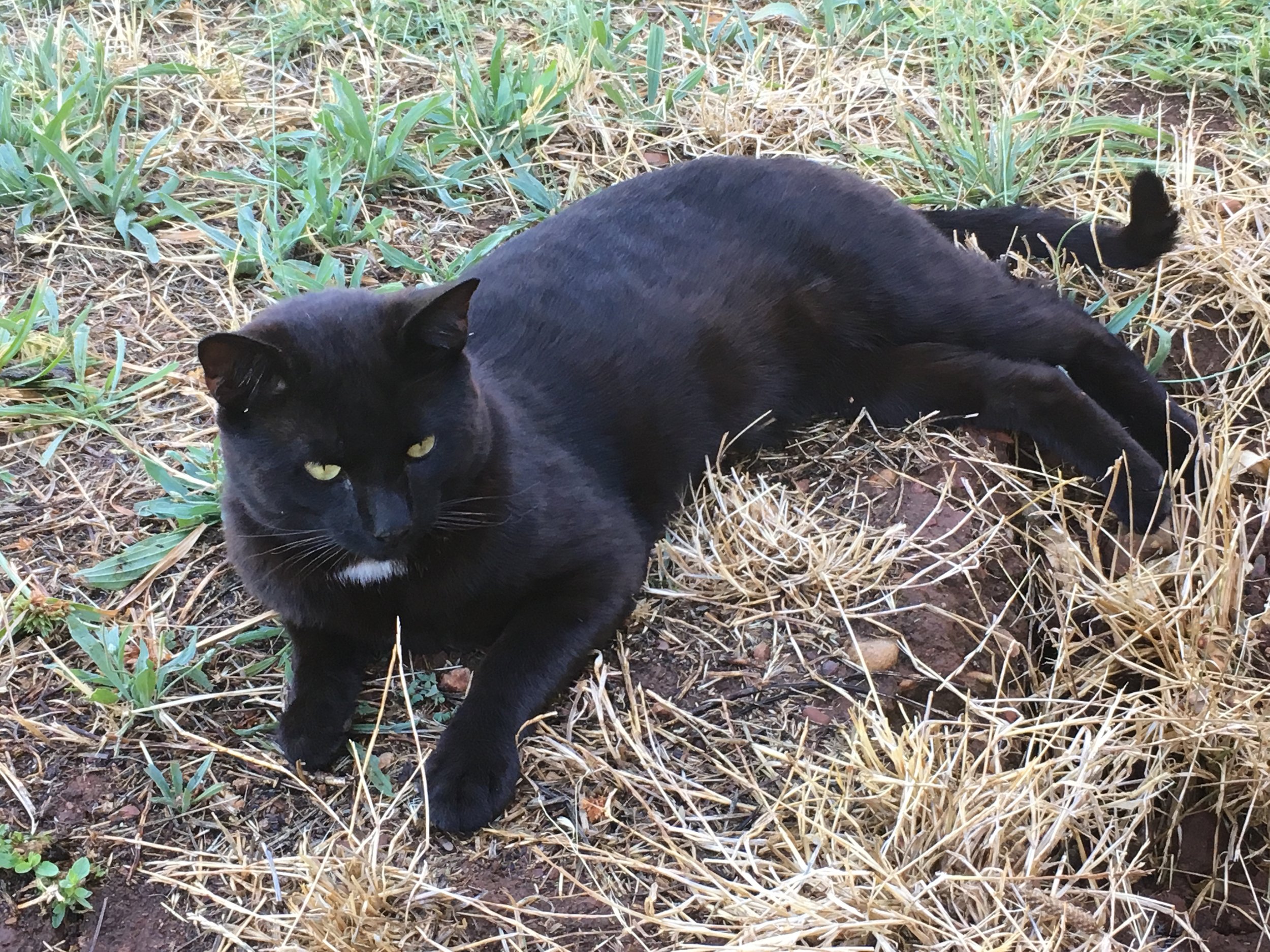We are enjoying the beauty and nutritive values of our winter garden this year, perhaps more than in the past. I don’t know what it is (though I know who put it into my head… Ann!), but I just love winter veggies. Summer produce certainly has its place: the bodacious colors, forward flavors, and incredible bounty of the summer garden certainly can’t be matched in any other season. In winter, though, the produce seems especially tuned to what our bodies need: plentiful citrus keep us hydrated and filled with cold-busting vitamin C, kale keeps us going with its punch-packing vitamins and minerals, and the rutabagas are incredible this year: sweet, plentiful, and incredibly healthy.
This isn’t the rutabaga I used in the soup, today, but isn’t it amazing! This is by far the largest one we grew this year: it was easily more than three pounds and so beautiful and sweet. We were eating rutabaga slices for snacks for at least two weeks…!
We had a lovely winter lunch this afternoon with a friend. (We live about 30 minutes out of town and don’t get visitors all that often; we know that when friends visit us at our own home that there’s a good chance that they’re really good friends!) Having just gotten through the holidays and all of the heavy, rich, and calorie-dense foods, our guest wisely requested a carrot soup. I went combing through my cookbooks for some ideas, as I’d never made carrot soup. I found the inspiration I needed in Deborah Madison’s Vegetable Literacy. In it, she presents produce within its proper botanical family, thereby suggesting that things related to each other taste good together. She has some great and innovative recipe ideas. I took her carrot soup recipe and spun it for our garden produce availability, and am happy to share my rendition for you here:
Chop 1 onion, 5-6 carrots, 2 medium-sized rutabagas, 1 inch of chopped ginger root (if you don’t have ginger root on hand, you can use 1 heaping teaspoon of dried ginger in step 3).
Warm about 3 tablespoons of olive oil in a medium-sized pot.
Throw the chopped veggies into the pan, along with the dried/powdered ginger (if using) , 1 teaspoon of ground cumin, and about a tablespoon of salt.
Cook until soft, then add 4 cups of chicken broth.
Let the flavors meld for a few minutes, and then use your immersion blender to get things nice and smooth. After blending for 3 minutes or so, I added about 1/3 cup of cream. This made the soup so light and airy that it was light eating clouds!
While the veggies were cooking, I de-veined and chopped a bunch of kale, and sauteed it with olive oil, garlic, and salt. After it had wilted, I added a spritz of lemon juice. This not only adds flavor, but it also unlocks the iron present in leafy greens - good for winter health!
Serve the soup with some of the sauteed kale on top, and then add a sprinkle of dukkah, an Egyptian spice and nut mixture (a deeply personal condiment, soadjust to your taste; I added thyme and marjoram rather than mint, but I think it would be amazing in just about any incarnation!). Pedro always adds olive oil to his bowl, which is both healthy and delicious… and supremely local, of course!
With some fresh bread and good conversation, this meal truly hit the spot and was an amazing spirit-lifter for the post-holiday blues.
We wish you and yours a healthy, happy cold season, and many adventurous meals!
Love,
Elizabeth




